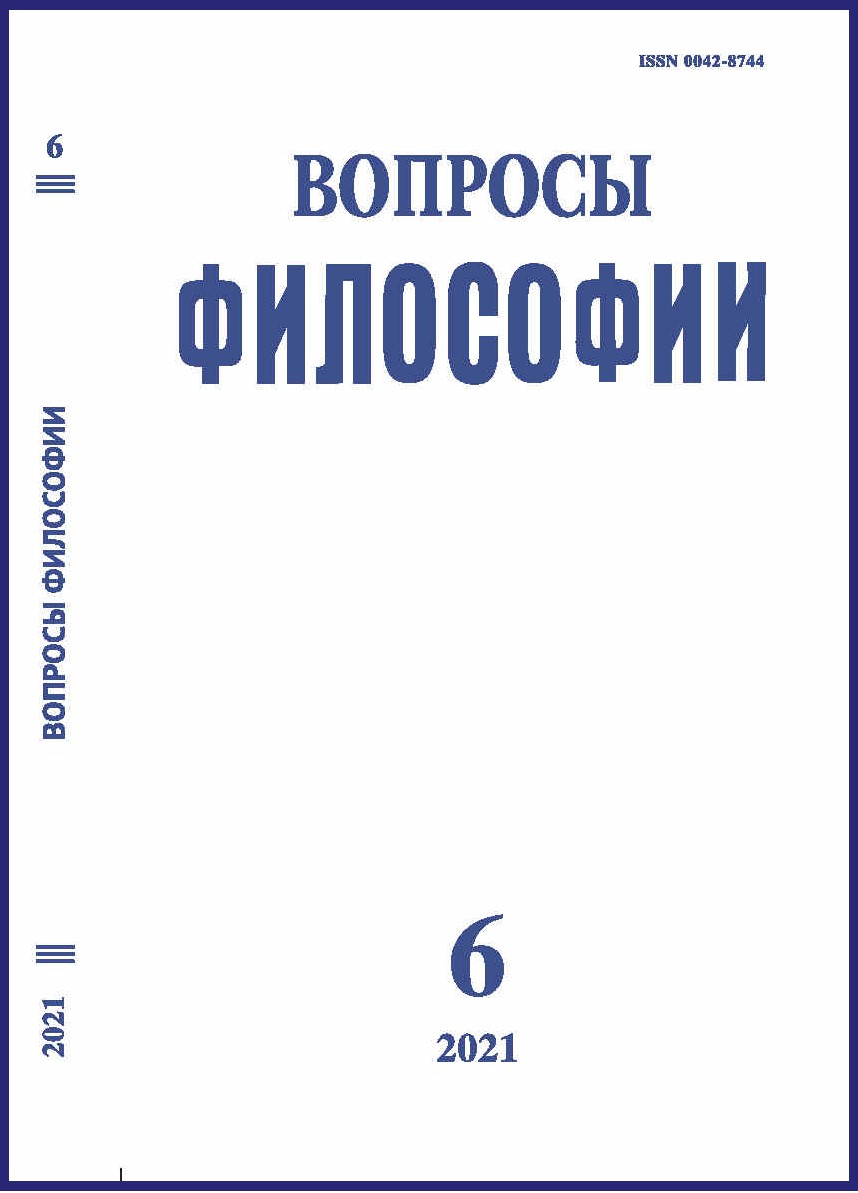More on Brain and Semiosis: Can We Find a Point in Neuronets?
DOI:
https://doi.org/10.21146/0042-8744-2021-6-5-13Keywords:
Philosophy of mind, brain, arts, perception, multi-disciplinarity, psychophysical parallelism.Abstract
The paper discusses semiotic aspects of higher human functions and a possibility and relevance of traditional search for their neurophysiological basis. The state of the art on the subject is reviewed and the lack of data on anthropological specificity for reasoning, thinking, language and its AI modeling is highlighted. Experimental neuroscience presumes that if we know the characteristics of neurons and their connections, we automatically understand what mind and consciousness are. However, it is evident that such a paradigm does not allow us to get relevant answers to the main questions. I argue that the problem should be dealt with not only within the field of neurophysiology proper. Rather, such research should involve exploring the 'archeology' of mental processes as they are revealed in arts as well as in other symbolic spaces. The paper discusses the adequacy of physiological methodology when it is employed to demonstrate brain mechanisms of higher functions. Besides, I explore the relevance of juxtaposing similar data from other biological and artificial intelligent systems. I view language processing, mind and reasoning and 1st person experience (qualia) as human specific features, and questions the possibility of direct testing these phenomena. The paper links genetic, anthropological and neurophysiological data to semiotic activity and semiosphere formation as the basis for communication. The paper discusses the place of humans in the changing world in the context of new cognitive dimensions.

